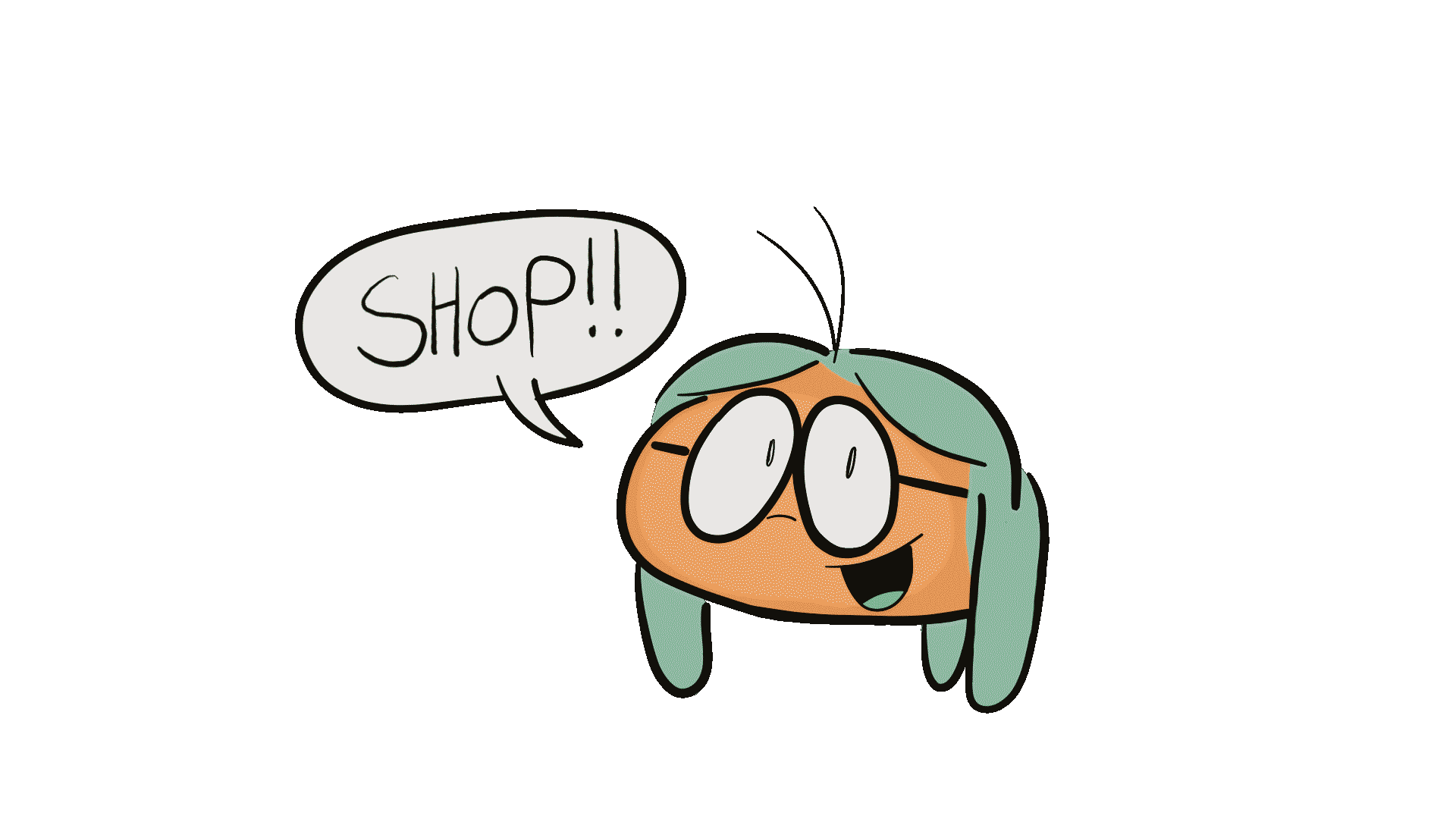April 2025
- Luke

- Apr 29
- 3 min read
Updated: Jul 27
Flow (2024)

“Long live independent film” Sean Baker announced when receiving his long-time coveted best picture Oscar - I know drawing attention to the annual masturbatory backslapping convention seems trite, but that illustrious cheer felt like a well-needed grain of hope amongst the Zaslavian wasteland cinema finds itself in. The little film that could, Anora held the torch alongside its fellow indie bohemians - the cinematic separatists that hijacked the night and stole the show, with one in particular managing to slink through the barracks laptop-bound nodes and polygons, to brushing up upon the legs of the golden big-boys themselves: the true under-cat, if you will.
Made in the free, open-source software Blender, and featuring not an utterance of human speech, I find it fascinating how Gints Zilbalodis’ Flow feels global to its core. Both in construction and concept, Zilbalodis has used universal tools to craft a universal story, something that’s all encompassing in not only its communication, but in its messaging too: handy that a theme of overcoming differences and working as one in a dire world isn’t muted by a language barrier.
However, like the oceanic ravines the furry compadres venture across, Flow's themes run much deeper, and surprisingly darker than simple togetherness. Even with a certain plush, softness to the visual approach, I couldn’t help but feel a sense of underlying liminal eeriness throughout: with a stunningly grandiose flooded landscape acting as an obvious environmental warning, that itself brings into question musings of a post-apocalyptic human extinction. We see the climate rebelling, as the remaining land mammals narrowly escape monstrous tidal waves that seemingly materialise out of nowhere, whilst megalophobic aquatic encounters are seen to thrive in their new habitat. This culminates in an intimate bridging of the two worlds when the polarities are switched, and a cat is seen comforting a slowly dying, land-bound whale. It’s moving, yet morbid: the inevitability of death at the vengeful hand of a man-altered nature is illuminated. Flow’s ethereal final shot both highlights the bond formed between the zoological tribe, maybe a reflection of Zilbalodis and his scrappy crew of artists, but also how much time the animals themselves have left. And in turn, we have left.
Sinners (2025)

When a new film arrives with an almost immediate hysteria of ubiquitous adoration, my unfortunate Pavlovian response in recent times is to proceed with scepticism. I’m still feeling the sting of The Wild Robot, Nosferatu and The Substance - critical favourites that slapped me with a cynical lesson in bracing for disappointment. I thought I’d be that one curmudgeonous asshole to leave Sinners with pouty, folded arms and an exasperated sulk: I’m elated to report that quite the opposite happened. What sets Sinners apart is that it's an unequivocal passion project; you can feel the giddy excitement of director Ryan Coogler, now free from the bounds of the MCU, to craft something boldly evasive from homogenised studio fare. Ironic that a film focusing on the rejection of assimilation could amass such a cult-like hype campaign itself. For Coogler, maybe the ecstatic audience response was the only time groupthink was a good thing.
As I previously explored with Flow, Sinners employs an incredible synthesis between theme and its filmic, contextual construction, resulting in a project that’s borderline autobiographical. The communal power of music is the much discussed bedrock of Sinners, with Jack O’Connell’s vampiric Klan-coded leader attempting to unify the individualistic, essentially black creativity, culture and heritage into one sinisterly fused “new master race” : the film's true, parasitic abstract villain. Undeniably self-reflexive of Ryan Coogler’s own career, for the longest time swept up in a corporate clutch, what is presented on screen is as free-flowing, jazz-like and uncategorizable as the rhythmic life-blood within the characters themselves: part hallucinogenic blues opera, part Carpenter inspired creature feature, a dash of Altman’s ‘hang-out’ oeuvre and a touch of Robert Rodriguez, Coogler’s borrowing from cinema history creates a patch-work love-letter of true, egalitarian individualism. The rightly lauded scene where a musical timeline is drawn visually, uniting both the past and future, seemingly stands adjacent to Sinners’ own celebration of film culture. Again, they both embrace the undefinable and reject the contained.
Much like Smoke, Stack, Sammie and the rest of their tightly-knit harmonic community, Coogler has stayed prideful and passionate within his own artform to deliver something dizzyingly entertaining, that tips its hat to the past, but is confident in its own longevity, language and identity. And as Jayme Lawson’s Pearline belts out the words “I want to be naturally free” , it couldn’t be more fitting.











